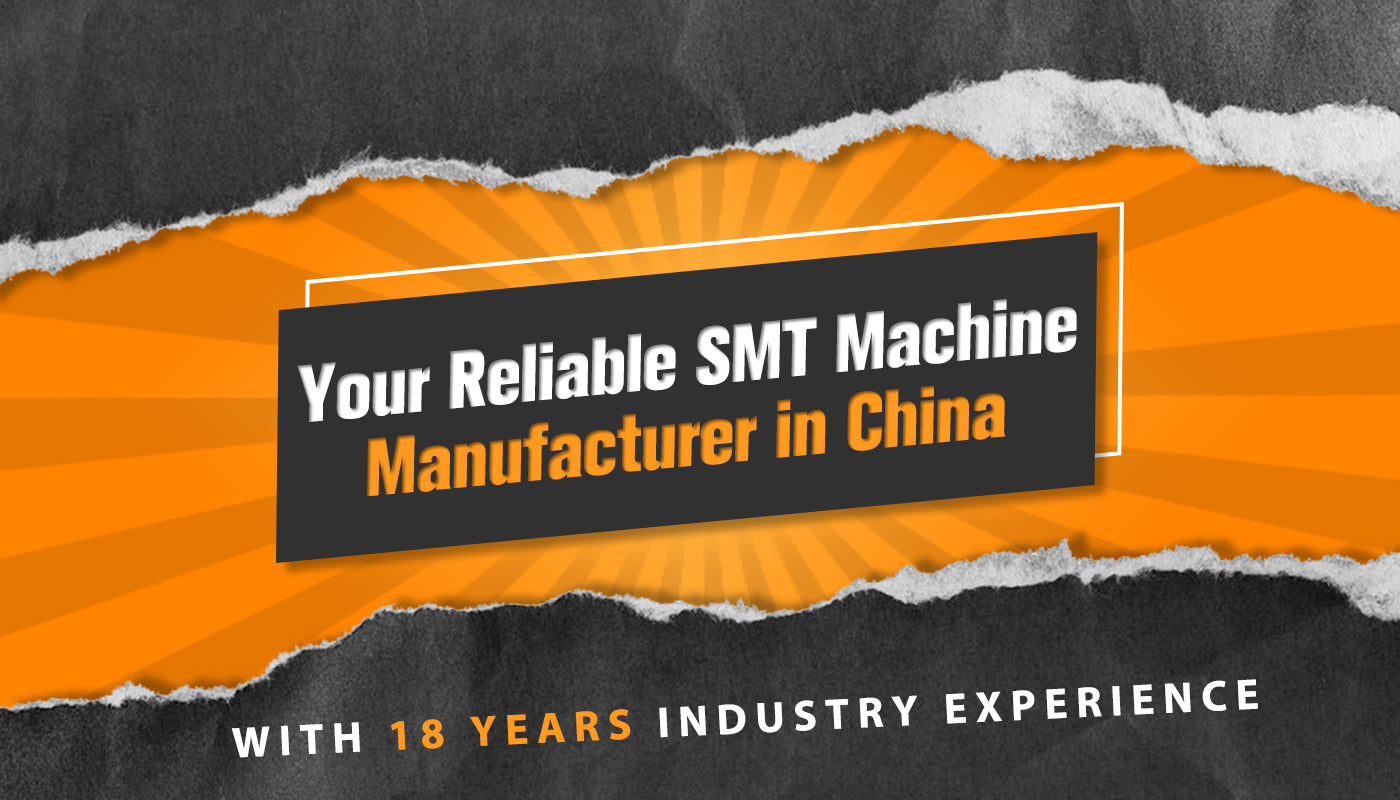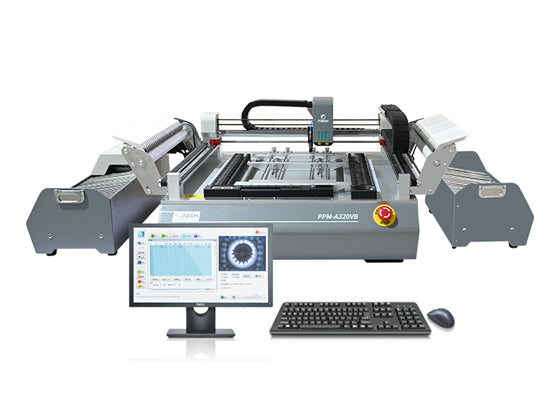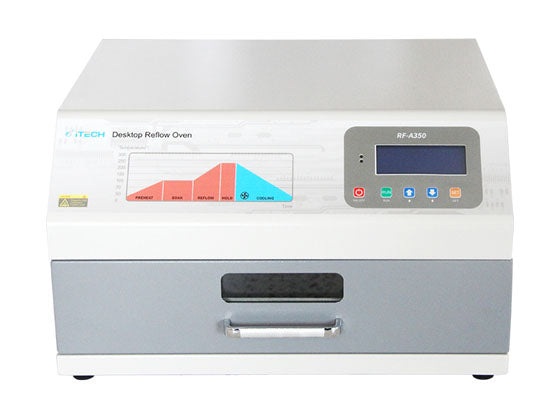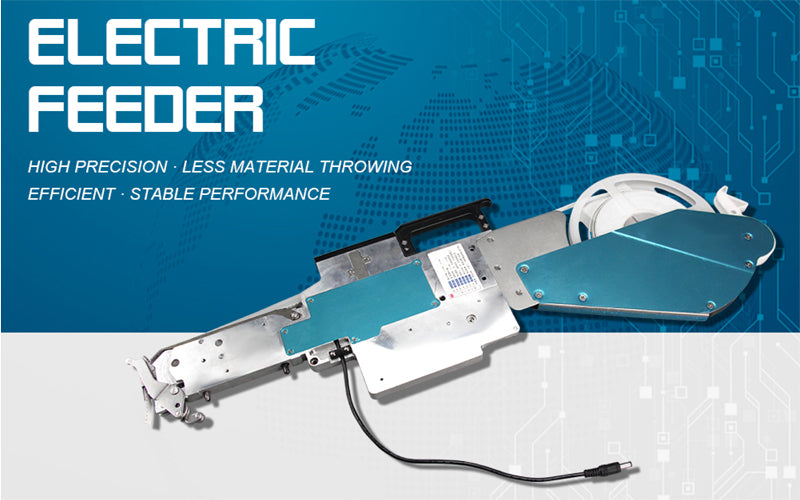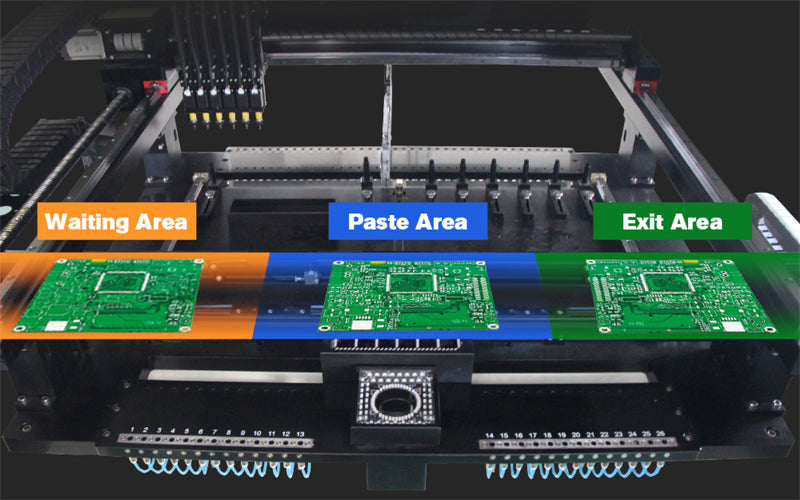What’s the SMT Feeder?
SMT Feeder, (also called SMT Feeding Gun, Component Feeder, or Part Feeder), is an electric device to move individual components to a fixed location for pick up by pick and place machine from their packaging. SMT feeder is the most important part of SMT machine. As the flexibility and placement rate of systems has increased, so have the demands made on the component feeder systems. A high product mix and correspondingly small batch sizes result in frequent feeder changing. Quick feeder changeover is required in order to minimize machine down-time, so feeders must be designed for fast replacement.
Here are some of the common types of feeders.
Most components are supplied on paper or plastic tape, in tape reels that are loaded onto feeders mounted to the machine. Larger integrated circuits (ICs) are sometimes supplied arranged in trays which are stacked in a compartment. More commonly ICs will be provided in tapes rather than trays or sticks. Improvements in feeder technology mean that tape format is becoming the preferred method of presenting parts on an SMT machine.
5 Common SMT Part Feeders
Tape and reel feeders
Tape and reel feeder is the most commonly used feeder design. Tape-on-reel feeders are loaded with a reel, which is placed onto a reel-reception. The peel-off carriage pulls the reel tape forward until the next component is in the pick-up position. When the sensor indicates that the component is at the pickup position, a holder moves down and locks-down the tape. Tape feeders are most suitable for placing large quantities of identical small components. Tape feeders come in a variety of sizes and can be used for Small-outline integrated circuits (SOICs) and plastic leaded chip carriers (PLCCs). The traditional structure has the wheel type, the claw type, the pneumatic type and the multi-distance electric type. Now it has developed into high precision electric type. When compared with the traditional structure, the transmission accuracy is higher, the feeding speed is faster, the structure is more compact, the performance is more stable, and the production efficiency is greatly improved.
Stick feeders
Stick feeders are designed for components packed in linear sticks (small ICs issued in low volumes). Components are moved to the pick-up location by gravity or vibration. It feeds any ordinary SOP, SOT and PLCC which are packaged in stick form. Due to the various possibilities of adjusting the size of the lane, the feeder can easily be adapted to many different component types. Usually used in MELF and small semiconductor components, and it’s only for non-polar rectangular and cylindrical components, not suitable for polar components.
Matrix tray feeders
Matrix tray feeders are used for large, delicate or expensive components. They are developed out of the necessity for handling quad flat packs and fine pitch components. These hold the components securely without damaging the fragile leads. An entire matrix-profiled tray of components are moved to bring rows or individual components to pick-up location. This process is often slower compared to tape feeders as the components fed in matrix trays often require higher level of placement accuracy. Suitable for variety of IC components, like TQFP, PQFP, BGA, TSOP and SSOPs.
Bulk feeders
Bulk feeders can handle chip style components that are used in large numbers. A bulk feeder usually dispenses components, which are stored in a bulk case, using a unique rotary positioning mechanism to position and orient components and feed them to the pick-up position using a stainless steel belt. They are cheaper compared with tape feeders as there are no tape packing, but traditionally the performance of bulk feeders is problematic because of construction and debris created during the feeding process.
Direct die feeder
The direct die feeders are mostly used for flip-chip or chip-on board. Direct die feeder could eliminate separate and dedicated production lines for SMT, bare die, and flip chip by combining them into one. It could also enabling total assembly solutions with much higher speed and flexibility, resulting in lower cost per placement. In addition, it could eliminate costly processes such as intermediate die transfer into pocketed tape, surf-tape, or waffle packs prior to placement.
